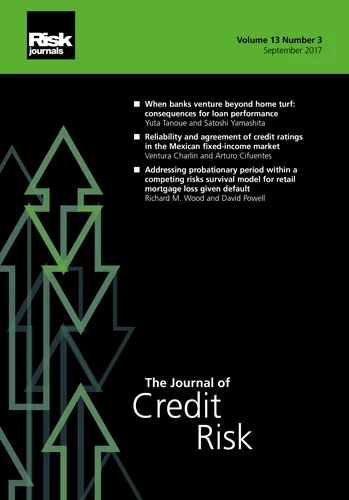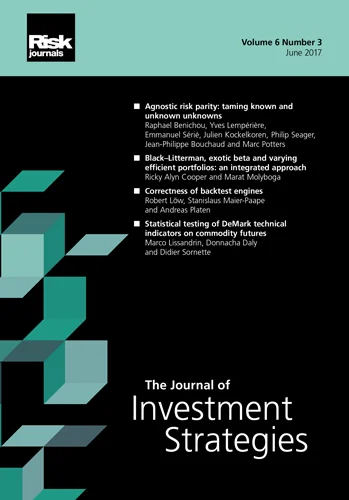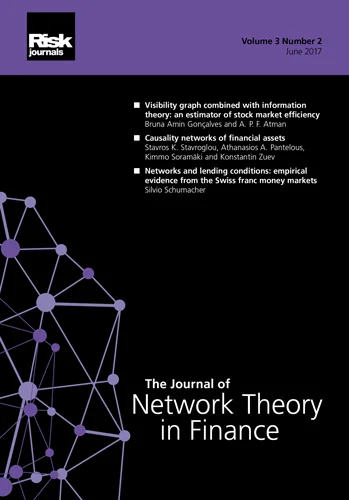Journal of Computational Finance
ISSN:
1755-2850 (online)
Editor-in-chief: Christoph Reisinger

Extremal risk management: expected shortfall value verification using the bootstrap method
Abstract
In this paper, the authors refer to the axiomatic theory of risk and investigate the problem of formal verification of the expected shortfall (ES) model based on a sample ES. Recognizing the infeasibility of parametric methods, they explore the bootstrap technique, which, unlike the current value-at-risk model-based (VaR model-based) Basel III testing framework, permits the creation of more powerful sample ES-based procedures. Their contribution to the debate on the possibilities of sample ES-based testing is twofold. First, the authors introduce a bootstrap test based on the idea of ES prediction corrected variables. In this way, they obtain a procedure that makes no distributional assumptions about the underlying returns process, and whose p-value computation does not assume any asymptotic convergence. Second, they provide a unifying framework for ES value verification, in which they compare alternative sample ES-based approaches: the residual-based procedures versus the ES prediction corrected tests as well as the VaR model-dependent approach versus the fixed failure rate tests. By examining its statistical properties and practical applicability, they find evidence that the proposed bootstrap procedure, based on ES prediction corrected variables, is superior to other methods. This provides important guidance for developing international standards of market risk management.
Copyright Infopro Digital Limited. All rights reserved.
As outlined in our terms and conditions, https://www.infopro-digital.com/terms-and-conditions/subscriptions/ (point 2.4), printing is limited to a single copy.
If you would like to purchase additional rights please email info@risk.net
Copyright Infopro Digital Limited. All rights reserved.
You may share this content using our article tools. As outlined in our terms and conditions, https://www.infopro-digital.com/terms-and-conditions/subscriptions/ (clause 2.4), an Authorised User may only make one copy of the materials for their own personal use. You must also comply with the restrictions in clause 2.5.
If you would like to purchase additional rights please email info@risk.net








